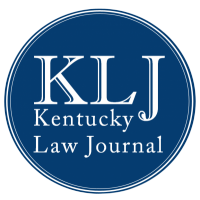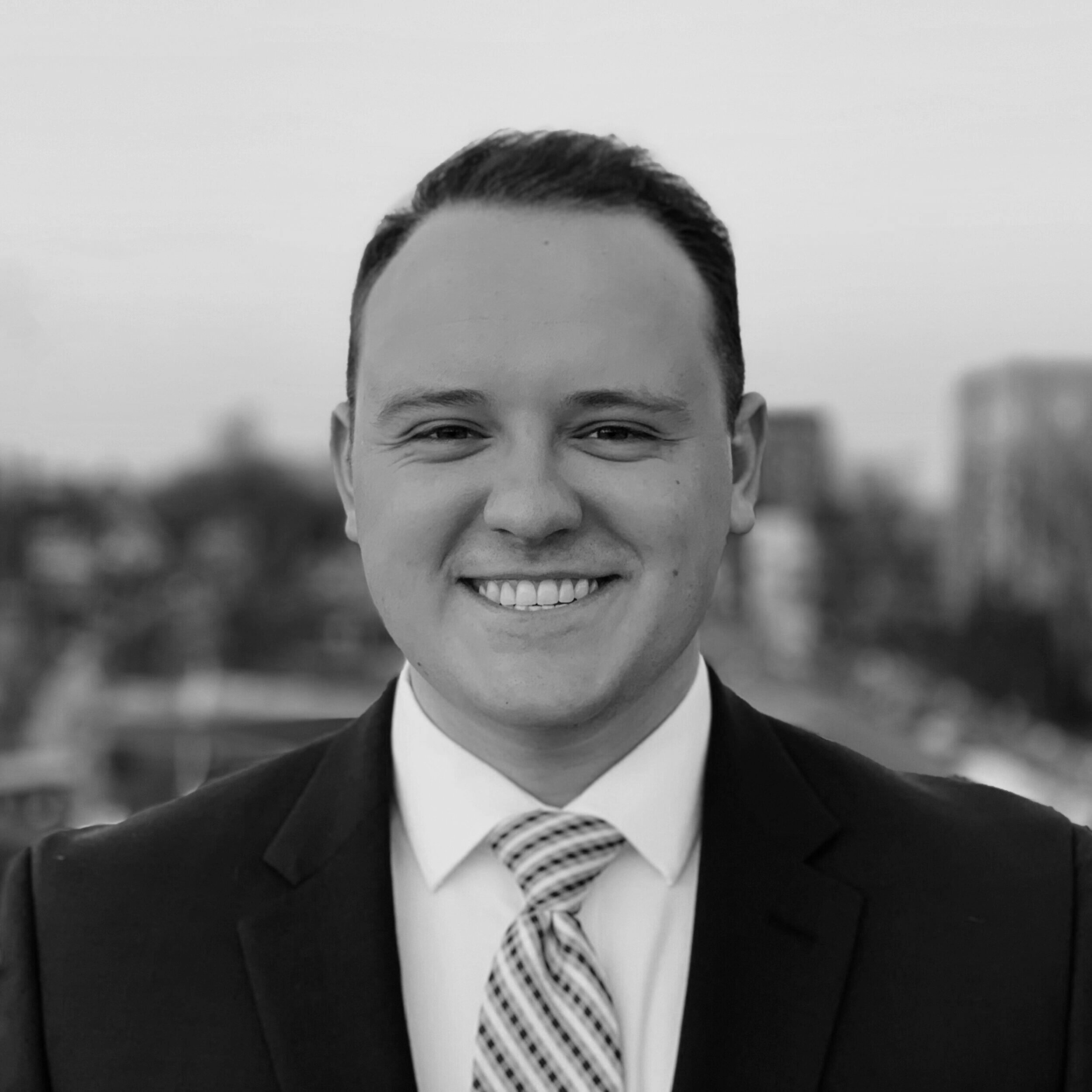Blog Post | 108 KY. L. J. ONLINE | November 12, 2019
NCAA Takes Small Step in Long Process Towards Allowing Student-Athletes to Profit from Name, Image and Likeness Rights
Jameson Gay
On Tuesday, the NCAA’s governing board unanimously voted to allow student athletes the “opportunity to benefit from the use of their name, image and likeness (NIL) in a manner consistent with the collegiate model.”[1] The board formed a working group in May to examine the NIL related issues presented in proposed state and federal legislation.[2] Based on the group’s recommendations, the board recognized that the NCAA “must embrace change.”[3] The vague, cautiously worded statement, however, makes clear that many hurdles remain before athletes are able to cash in on their NIL.[4]
As a result of increasing pressure at both the federal and state levels, the NCAA’s announcement indicated a seemingly abrupt departure from recent statements.[5] The working group’s co-chair initially indicated the group would “potentially propose rule modifications tethered to education” and would not “result in paying students as employees.”[6] Just last month, NCAA president Mark Emmert stated the NIL issue of California’s Fair Pay to Play Act was an “existential threat” to the collegiate model.[7] But with nine states proposing legislation similar to California’s, the NCAA found it necessary to address the NIL issue to prevent harm to “a national, uniform college athletics model.”[8]
The statement, however, merely indicates a favorable shift in NCAA policy towards allowing players to receive compensation for their NIL.[9] Instead of providing specifics, the NCAA stalled until April to allow more time to determine a response to legislative proposals.[10] The board included a vague framework of principles and guidelines that emphasized the new rules should “maintain the priorities of education” and “make clear the distinction between collegiate and professional opportunities.”[11]
Under this “new” framework it is not likely that the NCAA will permit athletes to be compensated in an unrestricted market as contemplated by some legislators.[12] More likely is a rule that aligns with the “tethered to education” requirement, established by Ninth Circuit precedent, to maintain a clear distinction between college and pro athletes.[13]A potential solution could be putting the compensation into a trust that can be accessed as a result of meeting specified academic benchmarks, such as meeting certain GPA, meeting yearly academic progress requirements, or graduating.[14]
While the pressure from the states is obviously having an impact, it will likely take a victory in court or a bill passed by Congress to actually make a difference and force the NCAA’s hand.[15] Until then, the NCAA is prepared to challenge state laws that attempt to grant NIL rights beyond those articulated by their framework.[16] The NCAA will argue under NCAA v. Miller that the laws violate the Commerce Clause because they cannot operate as a national entity if states adopt conflicting laws.[17] As the NCAA struggles to maintain control of their precious ideal of “amateurism,” we have more questions than answers.
[1] Board of Governors Starts Process to Enhance Name, Image and Likeness Opportunities, NCAA (Oct. 29, 2019, 1:08PM), http://www.ncaa.org/about/resources/media-center/news/board-governors-starts-process-enhance-name-image-and-likeness-opportunities.
[2] Michael Brutlag Hosick, NCAA Working Group to Examine Name, Image and Likeness, NCAA (May 14, 2019, 2:40PM), http://www.ncaa.org/about/resources/media-center/news/ncaa-working-group-examine-name-image-and-likeness.
[3] Board of Governors Starts Process to Enhance Name, Image and Likeness Opportunities, NCAA (Oct. 29, 2019, 1:08PM), http://www.ncaa.org/about/resources/media-center/news/board-governors-starts-process-enhance-name-image-and-likeness-opportunities.
[4] Michael McCann, Key Questions, Takeaways from the NCAA’s NIL Announcement, Sports Illustrated (Oct. 29, 2019), https://www.si.com/college/2019/10/30/ncaa-name-image-likeness-announcement-takeaways-questions.
[5] John Taylor, NCAA Board of Governors Gives Unanimous Go-ahead for Athletes to Benefit Off Their Names, Image, Likeness, NBC Sports (Oct. 29, 2019, 2:15PM), https://collegefootballtalk.nbcsports.com/2019/10/29/ncaa-board-of-governors-gives-unanimous-go-ahead-for-athletes-to-profit-off-their-names-images-likenesses/.
[6] Michael Brutlag Hosick, NCAA Working Group to Examine Name, Image and Likeness, NCAA (May 14, 2019, 2:40PM), http://www.ncaa.org/about/resources/media-center/news/ncaa-working-group-examine-name-image-and-likeness.
[7] J. Brady McCollough, NCAA Says it Will Let Athletes Benefit From Name, Image And Likeness Use; A Plan is in the Works, LA Times (Oct. 29, 2019, 11:34AM), https://www.latimes.com/sports/story/2019-10-29/ncaa-athletes-nil-college-athletes-profit-name-image.
[8] Charlotte Carroll, Tracking NCAA Fair Play Legislation Across the Country, Sports Illustrated (Oct. 2, 2019), https://amp.si.com/college-football/2019/10/02/tracking-ncaa-fair-play-image-likeness-laws; Questions and Answers on Name, Image and Likeness, NCAA (Oct. 29, 2019), http://www.ncaa.org/questions-and-answers-name-image-and-likeness.
[9] Board of Governors Starts Process to Enhance Name, Image and Likeness Opportunities, NCAA (Oct. 29, 2019, 1:08PM), http://www.ncaa.org/about/resources/media-center/news/board-governors-starts-process-enhance-name-image-and-likeness-opportunities.
[10] Dennis Dodd, Inside the NCAA’s Move to Allow Athletes to Profit From Name Image and Likeness Rights, CBS Sports (Oct. 29, 2019), https://www.cbssports.com/college-football/news/inside-the-ncaas-move-to-allow-athletes-to-profit-from-name-image-and-likeness-rights/.
[11] Board of Governors Starts Process to Enhance Name, Image and Likeness Opportunities, NCAA (Oct. 29, 2019, 1:08PM), http://www.ncaa.org/about/resources/media-center/news/board-governors-starts-process-enhance-name-image-and-likeness-opportunities.
[12] Dan Murphy, NCAA Clears Way for Athletes to Profit from Names, Images and Likenesses, ESPN (Oct. 29, 2019, 1:50PM), https://www.espn.com/college-sports/story/_/id/27957981/ncaa-clears-way-athletes-profit-names-images-likenesses.
[13] Mit Winter, NCAA to Examine Allowing College Athletes to Receive Compensation for Use of Name, Image and Likeness, Kennyhertz PerryLaw (2019), https://kennyhertzperry.com/ncaa-to-examine-allowing-college-athletes-to-receive-compensation-for-use-of-name-image-and-likeness/.
[14] Id.
[15] Mike Decourcy, NCAA Won’t Budge on its NIL Timeline, despite Gov. Newsom’s Posturing, Sporting News (Oct. 1, 2019), https://www.sportingnews.com/us/ncaa-basketball/news/ncaa-wont-budge-on-its-nil-timeline-despite-gov-newsoms-posturing/go4899uxz0ua1u3fh28zfva8b.
[16] McCann, supra note 4.
[17] Id.











